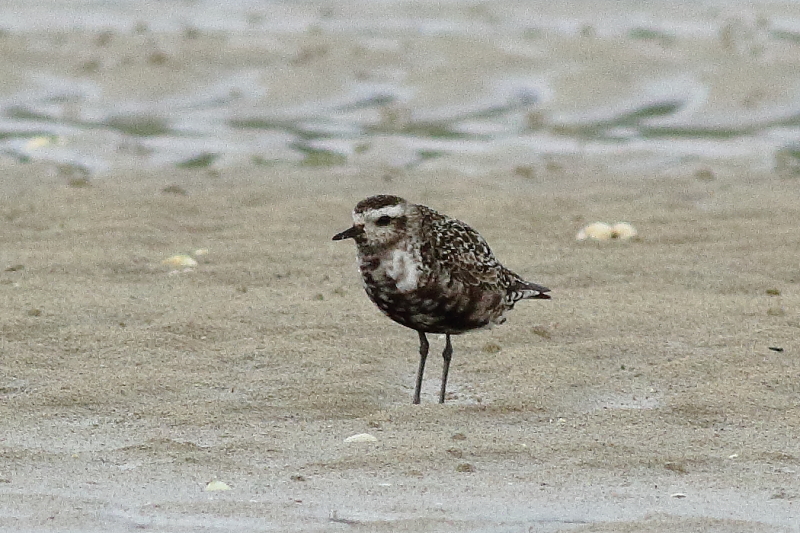A few shots from July and August of this year. There were two female type Marsh Harriers knocking around the Corrib this summer. As usual no males though. It has been a while since I've seen one in Galway. All my Marsh Harriers have been on Lough Corrib. Marsh Harriers were a common breeding bird around Lough Corrib and throughout the Connemara Bog Complex up until the very beginning of the 20th century but these all disappeared like everywhere else in the Ireland due to persecution and habitat destruction. Maybe one day they will make it back to the West on their own steam. They have apparently bred successfully in the North on one occasion in recent years and have attempted to breed in the South.
 |
| Marsh Harrier, Muckrush, Lough Corrib, 15th July 2018. |
 |
| Marsh Harrier, Muckrush, Lough Corrib, 15th July 2018. |
 |
| Marsh Harrier, Muckrush, Lough Corrib, 15th July 2018. |
 |
| Marsh Harrier, Muckrush, Lough Corrib, 15th July 2018. |
Some more photos from Omey Strand including
the usual Ringed Plovers and Sanderling including some colour ringed
individuals. I've only just had two returning colour ringed Sanderlings this year. Compared this to last year in the Omey/Rossadillask - Ballyconneely I had nine different colour ringed individual which includes the two individuals I've had this autumn. Most of the colour ringed Sanderling that I get in Connemara breed in NE Greenland and are usually caught on passage in Iceland. It was noted that the summer of 2018 was a disastrous breeding season for Sanderling and all Arctic breeding waders due to snow cover remaining on the ground for most of the summer months. While I noticed a decrease in juveniles this autumn the numbers of adults seem to be down also. It's possible that there was a higher than normal rates of adult mortality. Given that birds would have arrived on the breeding grounds with empty fuel tanks only to discover a snow covered tundra landscape it probably proved too much for many birds and may succumbed to starvation. With Climate Change now a reality many of these species face a very uncertain future.
 |
| G3BBGY Sanderling, Omey Strand, 16th August 2018. Returning for it's thrid winter. |
 |
| NB00784 Sanderling, Omey Strand, 16th August 2018. Returning for its second winter, ringed at North Ronaldsay. Orkney. |
I also had two new colour ringed Ringed Plovers at Omey Island both from Germany this Autumn.
G+WG/a+NN Ringed Plover was ringed on 12th May 2018 at Bojendorfer Strand, Fehmarn, Schleswig-Holstein. It successfully raised three chicks on the first attempt but failed on a second attempt. It was last since on the breeding territory on 27th June and I then had it at Omey Strand on 16th August. It was still present up until 10th October so may hang around for the winter. That's a movement of 1,387km on a heading of 274 degrees. If it flew exactly point to point it would have flown within 3.3km of the breeding site of the second individual below when migrating to Ireland!
 |
G+WG/a+NN Ringed Plover being ringed on its breeding territory this May (photo Martin
Altemüller).
|
 |
| G+WG/a+NN Ringed Plover, Omey Strand, 16th August 2018. |
 |
| G+WG/a+NN Ringed Plover, Omey Strand, 16th August 2018. |
NNN-GGM was ringed as a chick on 19th June 2017 at a nature reserve at Beltringharder Koog in northern Germany. It turned up in Lincolnshire,UK this March also which is about half way between Omey and Germany, did it just drop into Linc on its return trip to breed after coming from Ireland? I haven't seen it since the 27th August though.
 |
| NNN-GGM being ringed as a chick (photo Dominic Cimiotti). |

 |
| NNN-GGM Ringed Plover, Omey Strand, 27th August 2018. |
 |
| NNN-GGM Ringed Plover, Omey Strand, 27th August 2018 |
























